Ya sea que sueñe con descubrir tesoros ocultos o simplemente quiera disfrutar de una nueva actividad al aire libre, esta guía para principiantes sobre el uso de un detector de metales está diseñada para ayudarlo a comenzar con el pie derecho. La detección de metales es un pasatiempo accesible para personas de todas las edades. Puede ser increíblemente gratificante, tanto como una forma de descubrir artefactos históricos ocultos como un medio para conectarse con la historia y la naturaleza.
Esta guía cubrirá los aspectos básicos del uso de este equipo y los accesorios del detector de metales . Comenzaremos ayudándote a seleccionar el mejor detector de metales para principiantes, explicando los diferentes tipos de detectores de metales disponibles y sus características específicas. Comprender la configuración y las capacidades de tu detector es fundamental para maximizar tus posibilidades de encontrar objetos con éxito. También profundizaremos en las técnicas para una búsqueda eficaz, incluido dónde buscar tesoros y cómo balancear y posicionar tu detector correctamente.
Conozca su detector y sus configuraciones
Comprender el detector de metales y sus configuraciones es fundamental para una búsqueda de tesoros exitosa. Los detectores de metales vienen con varias funciones y modos, cada uno diseñado para tipos específicos de búsqueda. Las configuraciones clave incluyen discriminación, sensibilidad y balance de tierra:
- Discriminación: esta configuración le permite filtrar ciertos tipos de metal, como el hierro, para centrarse en objetivos más valiosos, como monedas u oro.
- Sensibilidad: ajustar la sensibilidad ayuda a detectar metales a distintas profundidades. Una mayor sensibilidad aumenta la capacidad del detector para detectar objetos más pequeños o más profundos y hace que el dispositivo sea más susceptible a las interferencias.
- Balance de tierra: esta configuración minimiza las señales falsas de suelos mineralizados, lo que permite que el detector funcione de manera óptima en diferentes terrenos.
Ensamble su equipo de detección de metales
El equipo adecuado es esencial para la detección de metales, así que compre detectores de metales en una tienda certificada. Además de un detector de metales, existen varias herramientas y accesorios que pueden hacer que su búsqueda de tesoros sea más efectiva y agradable:
- Auriculares: el uso de auriculares le ayuda a escuchar las señales del detector con mayor claridad, especialmente en entornos ruidosos. También pueden prolongar la vida útil de la batería al reducir el consumo de energía.
- Herramientas para excavar: se necesita una pala o paleta resistente para desenterrar los hallazgos. Elija una herramienta que sea adecuada para el terreno que explorará.
- Pinpointer: Este dispositivo portátil ayuda a localizar la posición exacta de objetos enterrados, reduciendo el tiempo de excavación y minimizando las alteraciones del área circundante.
- Bolsa o contenedor: Lleve consigo una bolsa o contenedor con detector de metales para guardar de forma segura los artículos que encuentre.
- Ropa y calzado cómodos: Use vestimenta adecuada para el clima y el terreno, incluido calzado cómodo para caminar y permanecer de pie durante períodos prolongados.
Elige tu terreno de caza
Elegir el lugar adecuado para comenzar a detectar metales es crucial para los principiantes. En distintos entornos se pueden encontrar diversos objetos, desde artefactos históricos hasta objetos de valor modernos. Los terrenos de caza más populares incluyen:
- Playas: Las playas son ideales para encontrar joyas, monedas y reliquias perdidas, especialmente alrededor de zonas de baño populares o lugares donde la gente se congrega.
- Parques y áreas de juego: Los parques y áreas de juego públicos pueden ser áreas fructíferas, especialmente los parques más antiguos que pueden tener elementos históricos enterrados.
- Antiguas granjas: los sitios de antiguas casas o asentamientos pueden ser ricos en artefactos históricos, pero asegúrese de tener permiso para detectarlos.
- Campos y tierras de cultivo: Los campos abiertos, especialmente aquellos con antecedentes de reuniones o mercados, pueden producir una variedad de hallazgos.
- Senderos y caminos históricos: Los senderos y caminos que han estado en uso durante siglos son ideales para encontrar objetos más antiguos y potencialmente más valiosos.
Conozca las reglas de detección de metales
Comprender y respetar las normas de detección de metales es fundamental para una detección responsable y ética. Estas normas varían según la ubicación y la jurisdicción, pero por lo general incluyen:
- Permiso: siempre obtenga permiso para detectar metales en propiedades privadas. Verifique si está permitido detectar metales en terrenos públicos y si se requiere un permiso.
- Respete la tierra: siga el principio de “no dejar rastro”. Rellene los agujeros que excave y deseche la basura que encuentre.
- Preservación histórica: tenga en cuenta las leyes que rigen el descubrimiento de objetos históricos. En muchos lugares, es ilegal retirar objetos históricos.
Aprenda técnicas y estrategias
Para dominar el arte de la detección de metales es necesario aprender a utilizar un detector de metales. No se trata solo de balancear el detector sobre el suelo. En esta sección, se profundiza en las técnicas y estrategias fundamentales que pueden mejorar significativamente sus posibilidades de éxito. Exploraremos cómo utilizar el detector de metales de manera eficaz, lo que incluye comprender sus distintas configuraciones y sonidos y cómo escanear un área metódicamente. Aprenderá la importancia de equilibrar el terreno, localizar con precisión e interpretar correctamente las señales.
Además, obtenga información sobre cómo elegir las ubicaciones adecuadas, comprender las condiciones del suelo e incluso los mejores momentos para embarcarse en sus aventuras de búsqueda de tesoros. Puede convertir sus salidas de detección de metales en esfuerzos fructíferos con las técnicas y estrategias adecuadas.
Sea persistente y paciente
Una de las lecciones más valiosas en la detección de metales es comprender la importancia de la perseverancia y la paciencia. La paciencia es la clave del éxito en la detección de metales. Es común que los principiantes experimenten una curva de aprendizaje y se enfrenten a desafíos como distinguir entre señales falsas y hallazgos genuinos o pasar horas sin un descubrimiento significativo.
Por lo tanto, es fundamental mantener una actitud positiva, establecer expectativas realistas y mantener el compromiso con su pasatiempo. Incluso los detectoristas más experimentados han tenido días sin hallazgos notables y han perseverado para hacer descubrimientos notables. Recuerde que cada salida es una oportunidad para aprender, crecer y descubrir tesoros ocultos.
Empezar a detectar
Aprenda a configurar su detector de metales para un rendimiento óptimo, comience su búsqueda y descubra y manipule sus hallazgos de manera eficiente. Una vez que haya terminado, reúna su equipo de detección de metales, accesorios y estrategias. El primer paso es encontrar una ubicación ideal para detectar metales y escuchar atentamente los pitidos. Mientras busca, muévase lentamente y agite el detector sobre el terreno sin apresurarse. Nunca toque ni golpee la bobina del detector contra el suelo. Si recibe una buena señal de un lugar, excave lentamente para descubrir el tesoro. Después de encontrar algo que valga la pena, cepíllelo para eliminar la suciedad y guárdelo de manera segura en su bolso.
Conclusión
Al concluir esta guía para principiantes sobre detección de metales, esperamos que se sienta inspirado y listo para comenzar su viaje en este fascinante pasatiempo. La detección de metales es más que un pasatiempo; es una aventura que combina la historia, la ciencia y la emoción del descubrimiento. Recuerde, la experiencia de cada detectorista es única y está llena de experiencias de aprendizaje, desafíos y sorpresas. Lo alentamos a mantener la curiosidad, seguir explorando y, lo más importante, disfrutar cada momento de su búsqueda de tesoros.



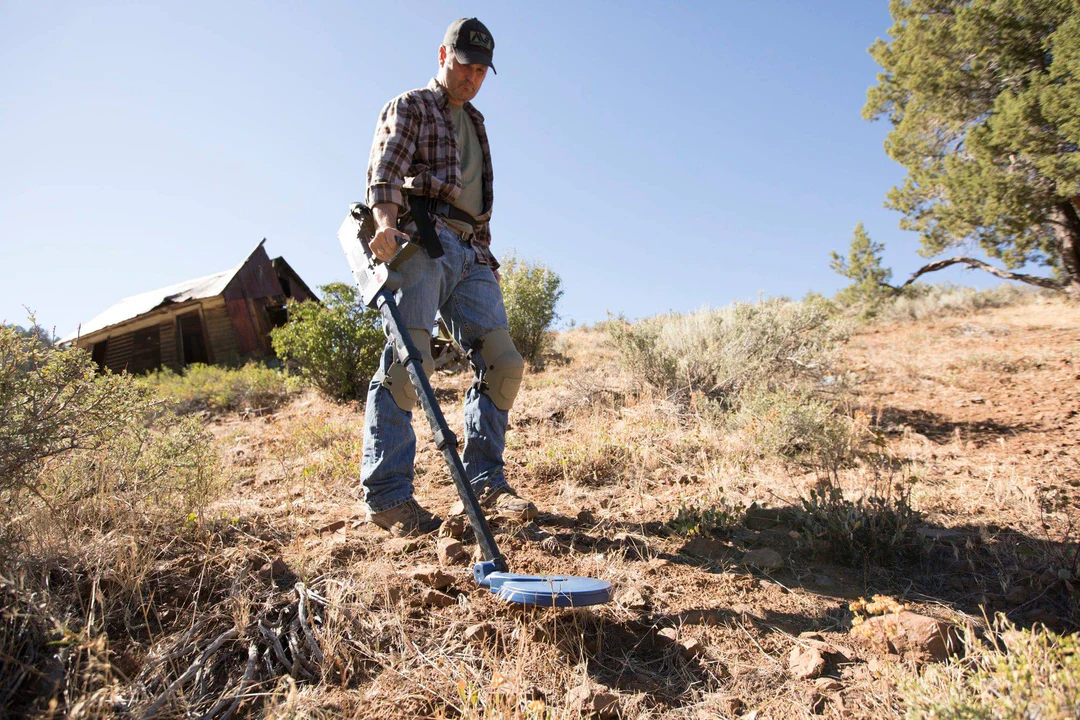
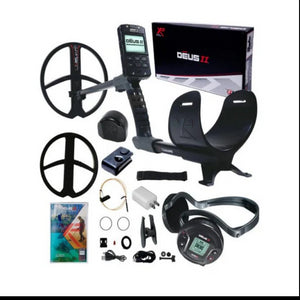
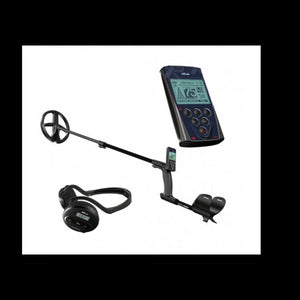
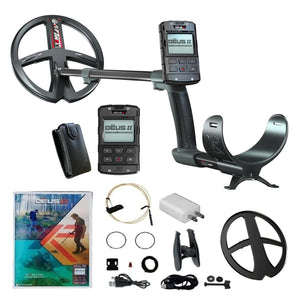
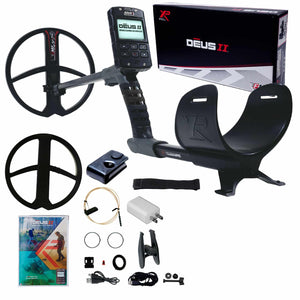
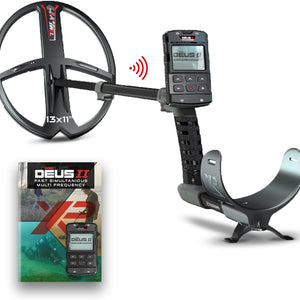
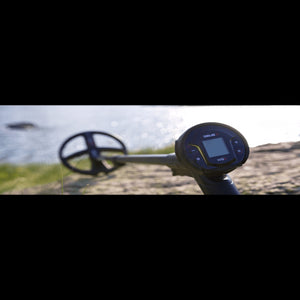
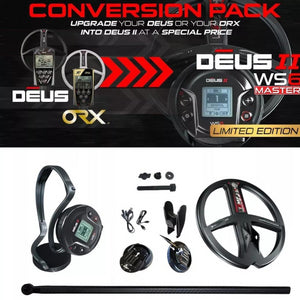
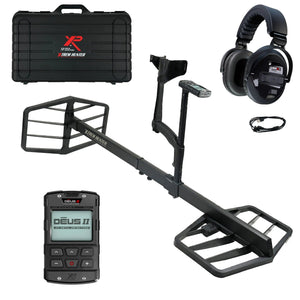
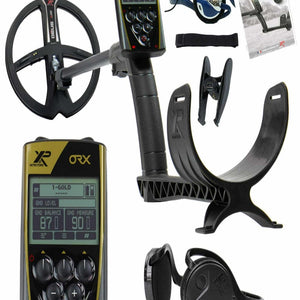
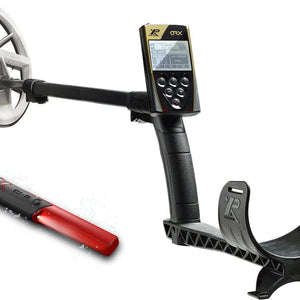
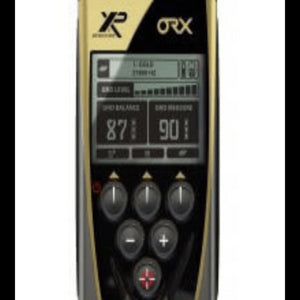
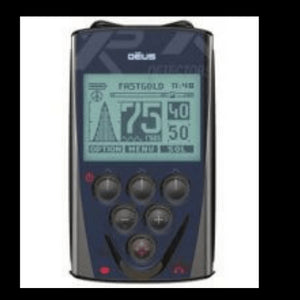
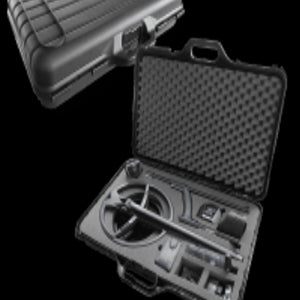
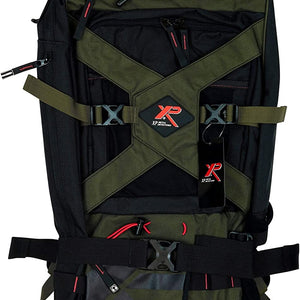
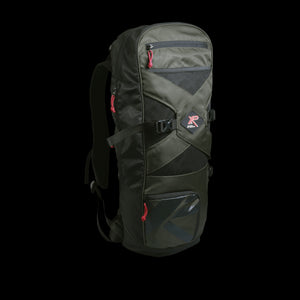
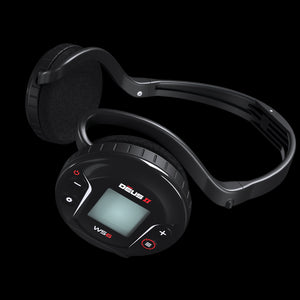
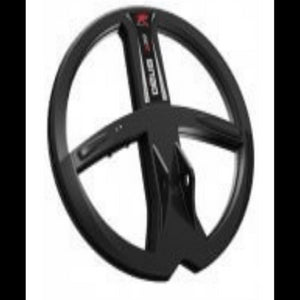
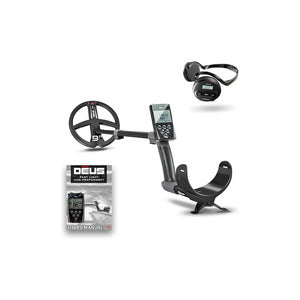
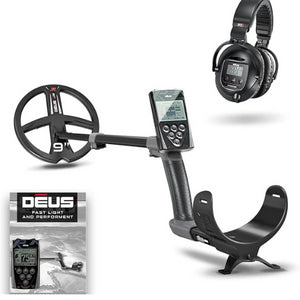
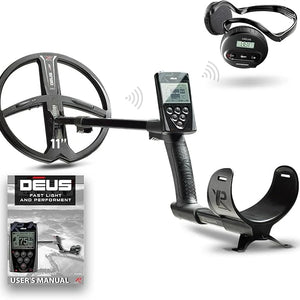
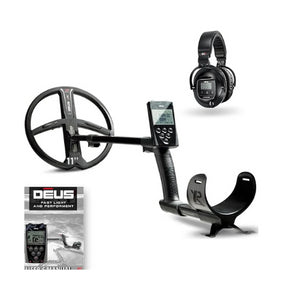
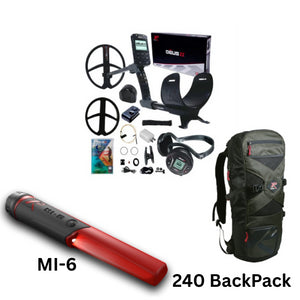
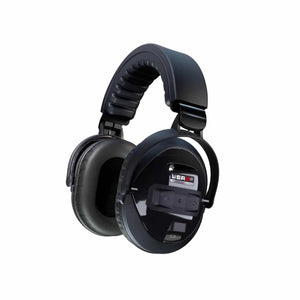
This [url=https://goldxtradetector.com/metal-detectors-for-beginners/]beginner’s guide to using a metal detector[/url] is incredibly helpful! Learning the basics is essential for anyone new to metal detecting, and this post covers everything from equipment setup to techniques for successful detecting. Excited to put these tips into practice and start uncovering some treasures!
Thank you for this beginners guide. I just received a X-Terra pro for my birthday, yesterday. Never having owned a detector before, your information was helpful. Thank you.
Dejar un comentario